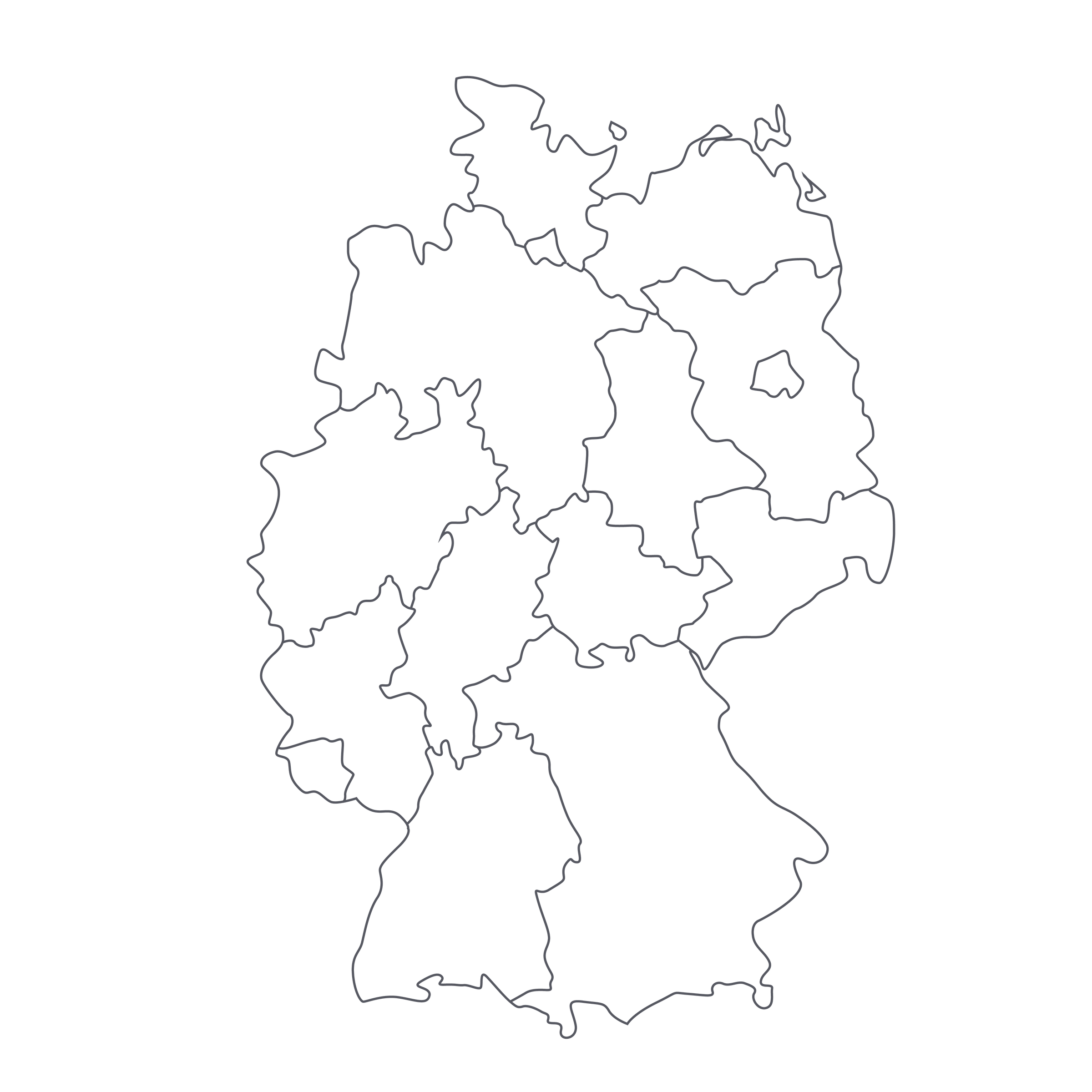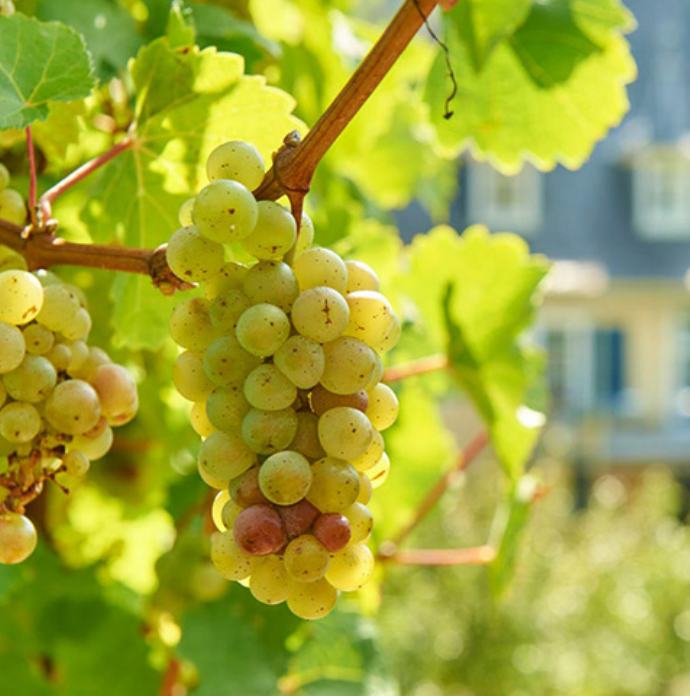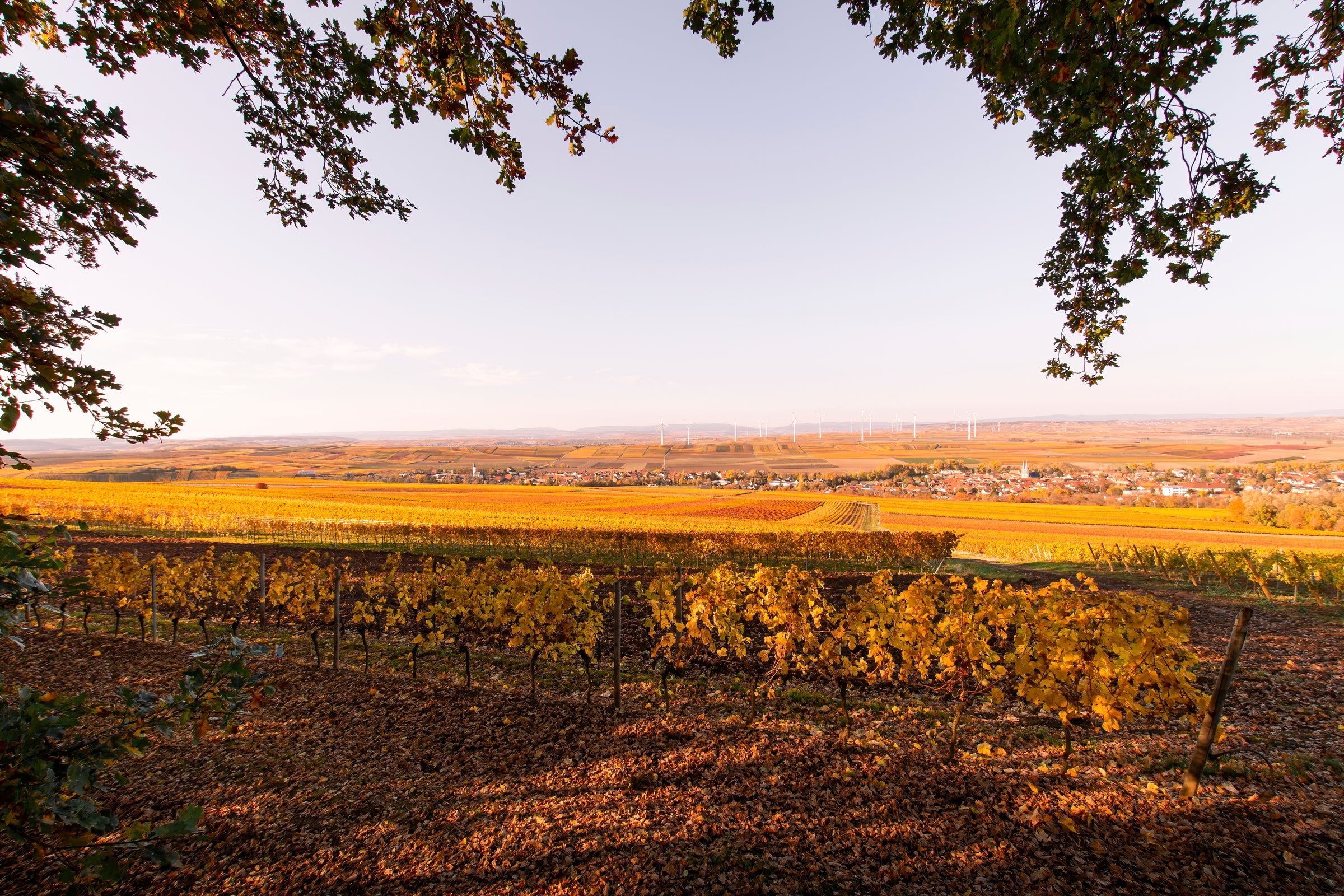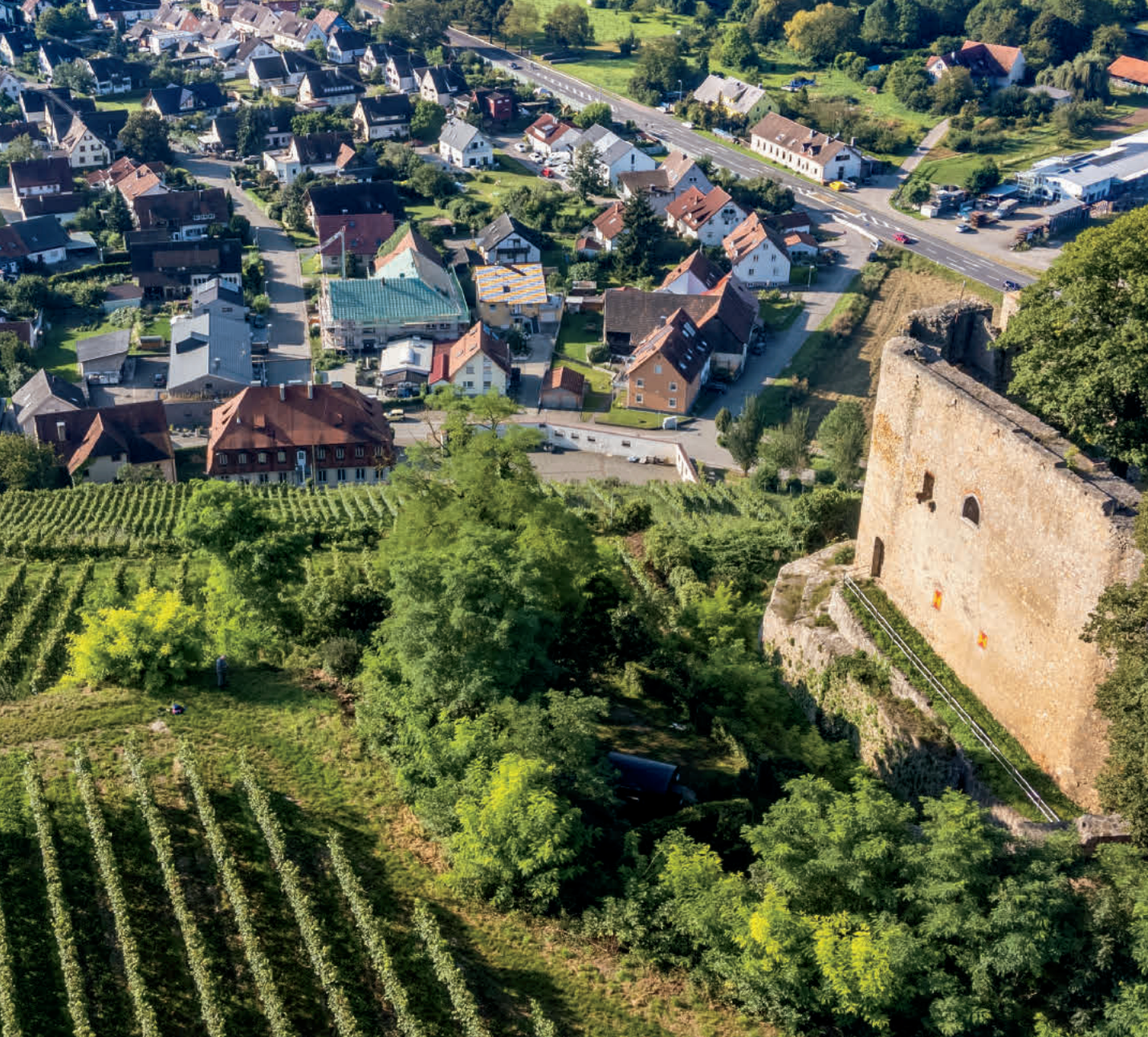“Spätburgunder” is the German name for Pinot Noir, and while we’re not going to change our assertion that Oregon, USA is the world’s premier destination for Pinot Noir value, Germany has been giving the Pacific Northwest a run for its money lately. First off, it’s not like Pinot Noir is a novelty over there—the Germans are the world’s third-largest producer of the variety, which may come as a surprise to some who think Riesling first and…nothing else second.
In fact, this type of thinking may explain why Spätburgunders like today’s absolute stunner from Claus Schneider remain so affordable. In terms of terroir, everything the Pinot grape could want is available in Schneider’s “Weiler Schlipf” vineyard, a south-exposed limestone escarpment in Baden, Germany’s southernmost wine appellation. Breaching the Swiss border and cooled by breezes from the nearby Black Forest, Weiler Schlipf is a special site—surely one of the most important, grand cru-equivalent Pinot Noir vineyards in Germany—and today’s 2015 performs accordingly. It has the willowy, cool-climate delicacy that characterizes German Pinot but an added layer of fruit concentration and palate persistence that puts it on another level. It’s certainly not the first German Pinot to blow us away, but the occasion of tasting and enjoying this wine had us thinking about Pinot Noir’s established world order and Germany’s place in it. Especially on the value-for-dollar front, Baden is a place all Pinot lovers should be scouring with keen interest. You can start with this one—I guarantee you won’t be disappointed!
As in Burgundy, the name of the source vineyard occupies a place of prominence on Schneider’s spare front label. “Weiler” (shortened from the “Weiler Schlipf” that appeared on previous editions) has been labeled the most southwesterly single vineyard in Germany, situated (like the Schneider winery) in the village of Weil Am Rhein. Almost all the Schneider family’s 11 hectares of vineyards are within Weiler Schlipf, and, like so many German wine families, their roots in this area go back a long, long way—600 years in the Schneiders’ case. Today it is Johannes Schneider who is slowly taking over the reins from his parents, Claus and Susanne, both of whom hail from wine families; their farming is effectively organic, with no pesticides or herbicides ever deployed in the vineyards.
And while Pinot Noir is grown in all of Germany’s 13 wine regions, Baden is widely recognized as its premier terroir for the variety—not least because of its strong physical similarities to Burgundy in terms of soil and climate. It is believed that Cistercian monks planted the ‘Burgundian’ varieties in Baden at roughly the same time as in Burgundy itself, so again, this is not some novel experiment with the grape in this place: They’re meant for each other, and it shows!
While the stellar 2015 vintage in Europe likely played a role here, it is immediately obvious that “Weiler” is a blessed combination of grape and place. Fermented on indigenous yeasts in large oak casks, and aged about a year in large cask before bottling, this is a very classic German Pinot in terms of its brambly, smoky earth component, but its fruit concentration and, most notably, its structure are extraordinary. It’s not a ‘big’ wine by any means, but neither is it as soft, light, and somewhat fleeting on the palate as many of its German brethren—it’s got grip and nerve. In the glass, it’s a medium ruby moving to garnet and pink at the rim, with expressive aromas of black cherry, red currant, rose petal, kola nut, ground coffee, grilled herbs, and lots of damp underbrush. It is medium-bodied yet persistent on the palate, finishing floral and spicy and with plenty of mouth-watering acidity. And it is ready to go right now: Decant it about 30 minutes before service in large Burgundy stems and you’re likely to get to a second (or third) bottle much faster than you might have thought. Play to the wine’s delicacy and aromatic lift with a pairing at the lighter end of the spectrum—pork, chicken, or even fish will do the trick here. There’s nothing unusual about a ‘Spätburgunder’ being your new ‘house’ Pinot—remember, it’s what’s inside that counts! Enjoy!






